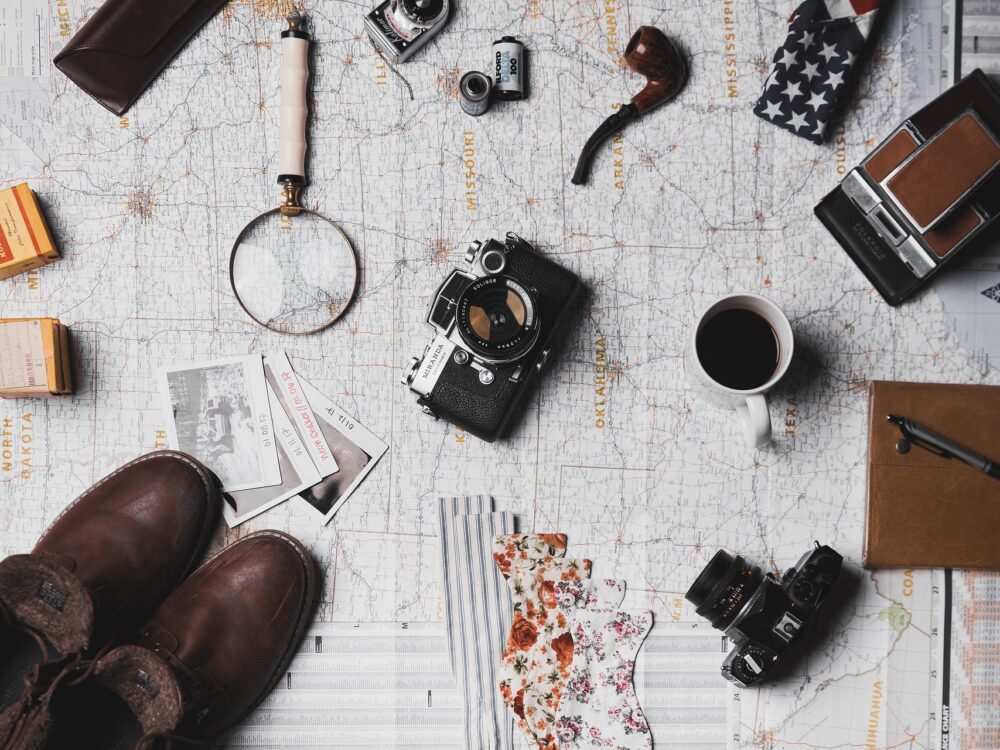Browse: Home
/ Mirrorless Vs. DLSR – Which Lens is Best for Travel Photography

There are many different lenses that photographers can use depending on their style and subject. However, travel photographers tend to favor specific lenses that are good for capturing landscapes, such as wide-angle primes and zooms. That’s because travel photography requires you to cover many different subjects in various places, meaning that a heavy backpack full of equipment gets tiring very fast.
If you’re planning to pursue travel photography, it is important that you finalize what kind of equipment you’ll be using. That includes deciding whether you’ll be taking your mirrorless or DSLR camera and their accompanying lenses, as the two camera types are not interchangeable. I also like to make sure my photos look their best with a free video editor. In this article, we discuss the pros and cons of both lens arsenals to help you decide.
Performance
Most of the latest technology in photography can be found in non-DSLRs. For instance, mirrorless cameras have a smaller sensor size, and their lack of a mirror mechanism means that they can offer more image stabilization compared to their DSLR counterparts. The shorter distance between the lens mount and the sensor also leaves room to attach different lens adaptors, meaning that if you buy mirrorless lenses, they are much more adaptable compared to DSLR lenses. See how Sigma’s Contemporary Lens product line is the world’s first interchangeable lens for mirrorless Nikon Z-mount cameras and allows users to combine F1.4 brightness and a compact body. Most interchangeable lens cameras used to be big and bulky DSLRs. Now, mirrorless cameras can magnify the viewfinder image for critical focusing even with lenses set to small apertures, and can also use vintage analog lenses — two features that are not possible with a DSLR.
Portability
Mirrorless cameras tend to be lighter and more portable than DSLRs, with DSLR cameras weighing 675.3g on average. Meanwhile, the Fujifilm X-T5 mirrorless digital camera, for instance, sits at only 557g — more than 100g lighter! Mirrorless cameras’ portability does not substitute performance either: their in-body image stabilization (IBIS) system and subject detection autofocus allow travel photographers to clearly track moving subjects such as wildlife, planes, or trains. When paired with the Fuji XF 16-80mm zoom lens, which sports a 6-stop optical image stabilizer, the mirrorless camera can be extremely handy for video and in many shooting situations. Besides the camera itself, mirrorless lenses also tend to be smaller, according to NY Times bestselling author and journalist Larry Olmsted. This is great for travel photographers who are always on the move. Olmsted himself uses the standard 15-45mm lens and the 55-200mm lens with his EOS M50, whose 1.6x sensor magnification allows the lenses to equate to traditional 24-72mm and 88-320mm despite their smaller size.
Price and variety
Because the technology of DSLRs is older, the average DSLR lens is cheaper than the average mirrorless lens, and these can be found in abundance in the second-hand market. That is why a DSLR can be an excellent idea for learning the ropes if you’re a hobbyist on a budget. Lens choice is also far wider for Nikon and Canon DSLRs at much lower used prices. That being said, mirrorless cameras and lenses tend to hold their market value for longer than DSLRs do. With the right lenses, you’ll be on your way to taking the best travel photography — whether it’s of the mountains, the beach, or even marine wildlife as I’ve previously featured on my last trip to the Azores Islands. For more travel tips and escape guides, check out some of the suggested posts below.


